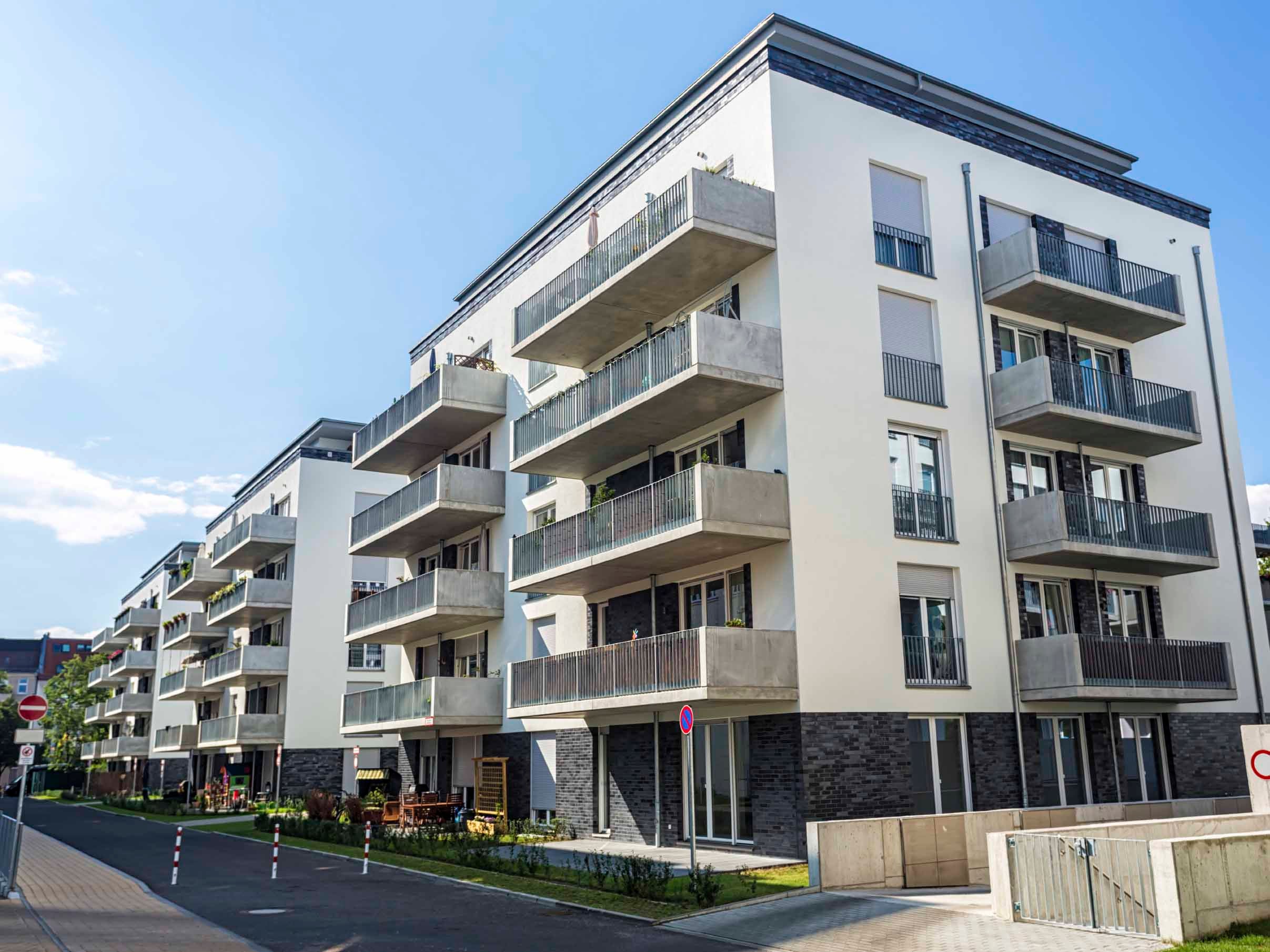08 August 2018
6 min read
#Construction, Infrastructure & Projects
Published by:

Despite what appears to be a slight ‘correction’ to house prices in NSW with property values dropping, the pace of development continues to rise at a rapid rate. It is often the case with these developments, that developers need some kind of temporary access to a neighbouring property for a variety of reasons including air rights and sometimes land rights. This access can be obtained by agreement with the neighbouring landowner or through legislation. We discuss below the various ways of obtaining the access as well as common issues that arise under the different options.
How is access granted?
Deed of Access
A Deed of Access is used where the parties come to an agreement as to the terms upon which access will be granted. Where there are two neighbouring developers this Deed of Access often gives reciprocal rights of access on common terms where each developer gives the other the required access to carry out their respective development. Where there is only one developer, the neighbour will often negotiate a fee for the rights of access which will vary for each development.
Statutory easement or court order
Where the parties are unable or unwilling to agree a Deed of Access, it is possible for a developer to obtain required access through a statutory easement or court order as follows:
However, these options involve the developer making a court application, and takes control away from the neighbouring landowner.
Access for what?
The extent, duration and type of access required by a developer will vary depending on the development itself, but the most common are:
What should Deeds of Access cover?
Where the parties agree a Deed of Access, the following matters should be addressed:
A significant issue with Deeds of Access is the fact that they confer personal rights and obligations only and do not ‘run with the land’. This means that if the neighbour sells part way through the development then the Deed of Access will need to be assigned or novated to the incoming purchaser or a subsequent Deed of Access negotiated with the incoming purchaser. This however cannot be guaranteed and may leave the developer having to pay additional compensation to the incoming purchaser or being deprived of the agreed access part way through the development. As a result, it is common for the neighbour to state that the Deed of Access only binds the neighbour whilst they remain the registered proprietor of the property. One way a developer may mitigate this risk in part is to seek to negotiate an obligation on the neighbouring landowner to use best endeavours to procure an assignment or novation to an incoming landowner (although an actual assignment / novation cannot be guaranteed as the incoming neighbouring landowner cannot be bound by the terms of the Deed of Access between the developer and the outgoing neighbouring landowner).
Statutory alternative to the Deed
Where a Deed of Access cannot be successfully negotiated, or where the developer is seeking additional certainty of access where the property is at risk of being sold, the developer may consider a statutory easement, or court order as an alternative.
While statutory avenues are available, they are not ideal, as they often result in significant initial costs such as the legal costs involved in lodging applications, and compensating the neighbouring landowner for the diminished value of the neighbouring land where an easement is recorded on title. There are also potential future costs associated with removing the easement from title.
For example, in Twelve Walker Street Pty Ltd v Lee [2017] NSWSC 1807, the court awarded compensation in the sum of $267,000 to the neighbouring landowners – “$10,000 for blot on title, $52,000 for a “rock anchor installation fee”, and $205,000 in respect of additional excavation costs.” In support of this, Darke J stated that “compensation in that amount is appropriate to adequately compensate the defendants for the losses or other disadvantages that will arise from imposition of the easement sought by the plaintiffs.”
Conclusion
In order to obtain necessary access to neighbouring land, developers should always try to negotiate an agreement with a relevant neighbour first. Where this fails, alternative statutory avenues may be explored, however these can be time consuming, costly to obtain and lead to surprisingly high levels of compensation being ordered for the affected neighbouring landowner.
Authors: Scott Alden, Tony Britt & Christopher Yong
Contacts:
Brisbane
Troy Lewis, Partner & National Head of Construction and Infrastructure
T: +61 7 3135 0614
E: troy.lewis@holdingredlich.com
Stephen Burton, Partner
T: +61 7 3135 0604
E: stephen.burton@holdingredlich.com
Suzy Cairney, Partner
T: +61 7 3135 0684
E: suzy.cairney@holdingredlich.com
Melbourne
Stephen Natoli, Partner
T: +61 3 9321 9796
E: stephen.natoli@holdingredlich.com
Kyle Siebel, Partner
T: +61 3 9321 9877
E: kyle.siebel@holdingredlich.com
Sydney
Scott Alden, Partner
T: +61 2 8083 0419
E: scott.alden@holdingredlich.com
Christine Jones, Partner
T: +61 2 8083 0477
E: christine.jones@holdingredlich.com
Helena Golovanoff, Partner
T: +61 2 8083 0443
E: helena.golovanoff@holdingredlich.com
Disclaimer
The information in this publication is of a general nature and is not intended to address the circumstances of any particular individual or entity. Although we endeavour to provide accurate and timely information, we do not guarantee that the information in this publication is accurate at the date it is received or that it will continue to be accurate in the future. We are not responsible for the information of any source to which a link is provided or reference is made and exclude all liability in connection with use of these sources.
Published by: